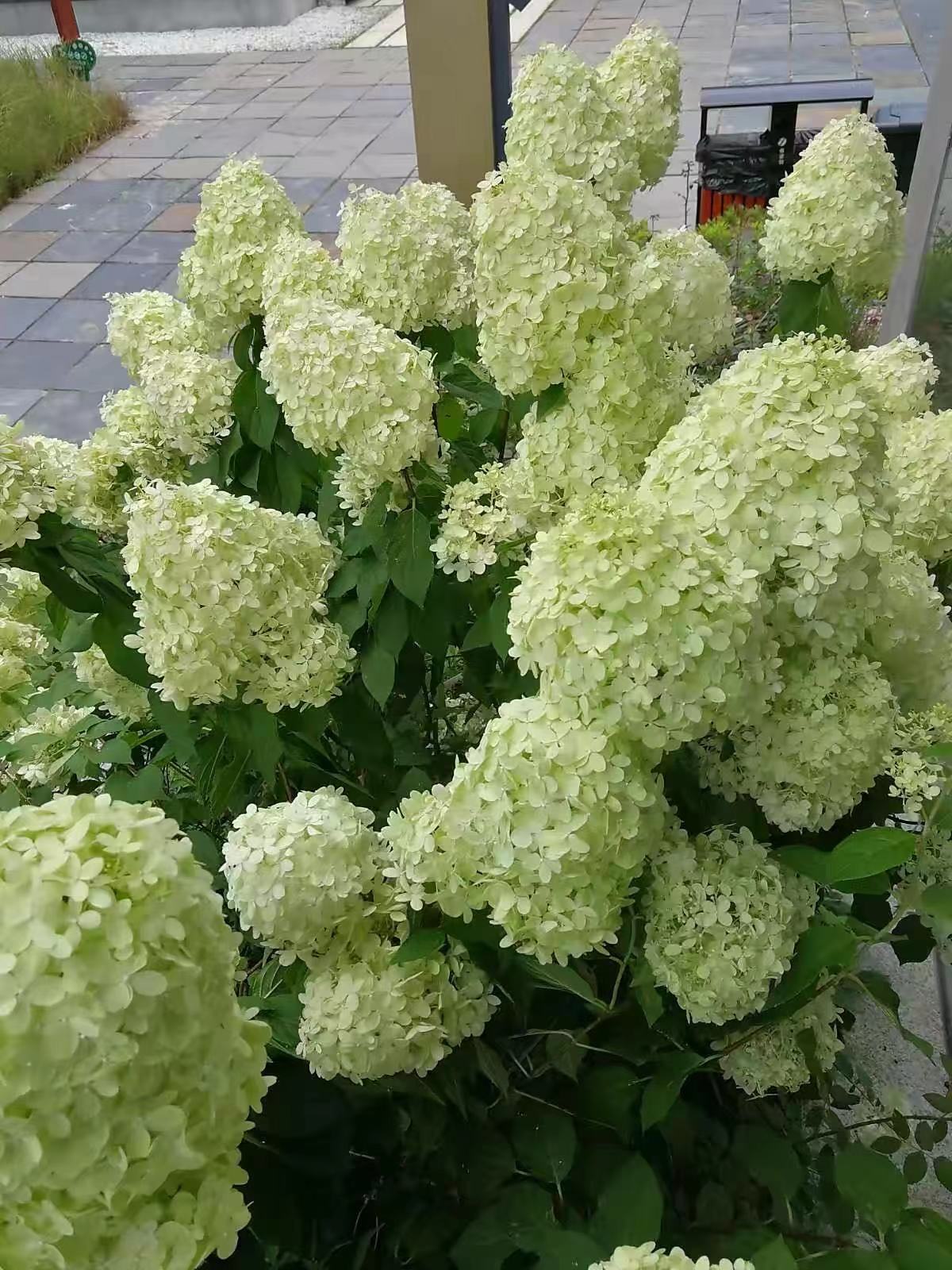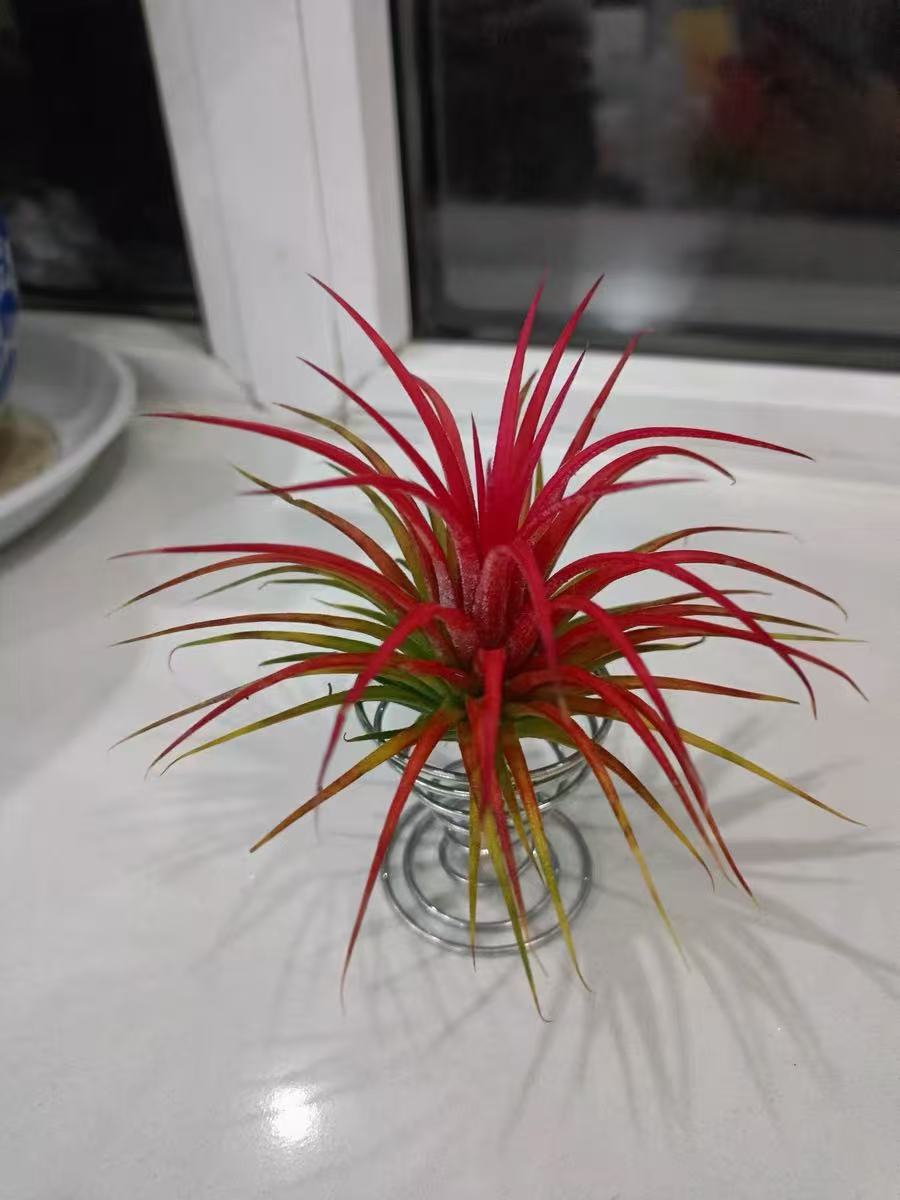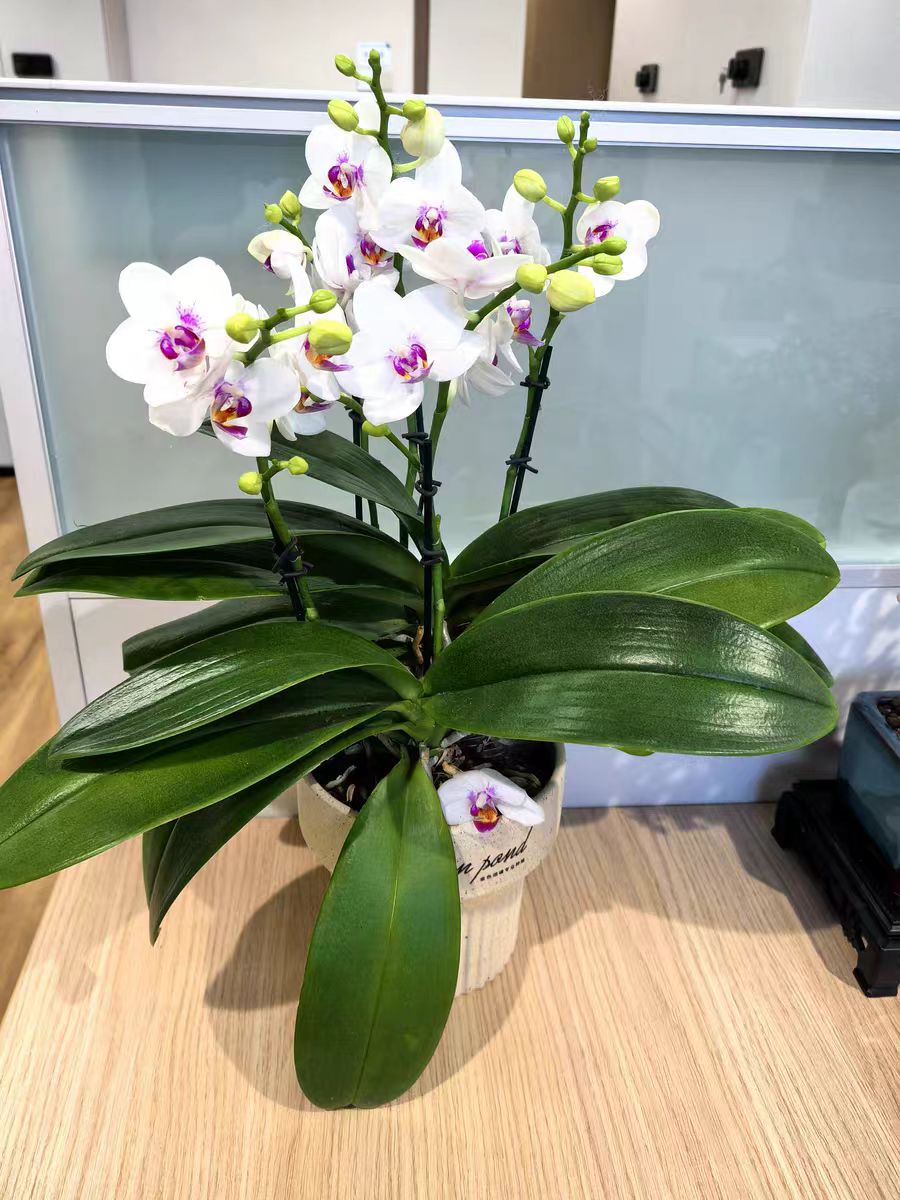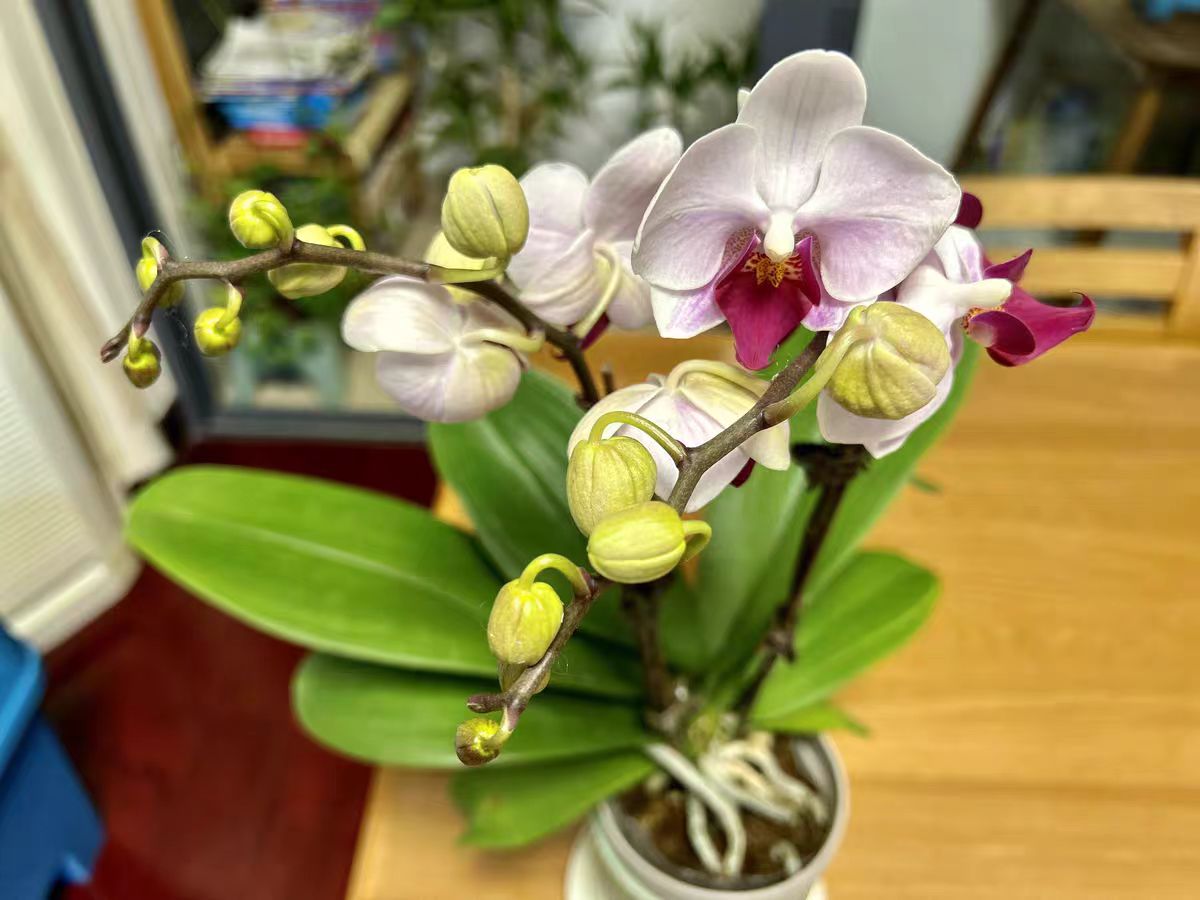The flower language of Hydrangea paniculata is "hope". Hydrangea paniculata also has certain symbolic meanings in traditional Chinese culture, representing reunion, happiness and well-being.
If the leaf margins of your Hydrangea paniculata are scorched, don't worry. Let's take a look at how to solve it together! First of all, you need to check if there is a problem with watering. If you water too little, it may lack water and suffer from drought, and the leaves are prone to scorched margins. At this time, you should water it thoroughly to make the soil moist. Another possible cause could be excessive sunlight. If you place it directly under the strong sun, the leaves may get sunburned and have scorched margins. If so, you need to move it to a shadier place or set up a shade net. Improper fertilization can also cause trouble! Applying too much fertilizer or the wrong type of fertilizer may make the leaves intolerable. At this time, you should immediately water it heavily to wash away the excess fertilizer. Also, if there are pests and diseases attacking, the leaves of Hydrangea paniculata may also have scorched margins. Then you need to carefully inspect. If you find pests, eliminate them immediately. If there are disease spots, deal with them promptly. In conclusion, don't panic if the leaf margins of Hydrangea paniculata are scorched. Find the exact cause and take appropriate measures, and it will become vigorous again!
For Hydrangea paniculata, reasonable pruning is of great significance for its healthy growth and beautiful appearance. The pruning time of Hydrangea paniculata mainly focuses on two stages. In early spring, before the new buds sprout, it is an ideal time for pruning. Pruning at this time can remove the dead, diseased and weak branches of the previous year, making room and nutrients for new growth. Another important pruning time is after flowering. After the flowering period of Hydrangea paniculata, timely pruning of the remaining flowers and flower stalks helps to preserve the energy of the plant and promote flowering in the next season. Regarding the pruning methods, certain principles and techniques should be followed. First, use sharp and sterilized pruning tools to ensure smooth cuts and reduce the risk of damage and infection to the plant. For dead and diseased branches, they should be completely removed from the base to maintain the health of the plant. For overly dense branches, carry out appropriate thinning to enhance ventilation and light transmission and promote the growth of internal branches. In terms of controlling the height and shape of the plant, you can shorten the overly long branches according to personal preference and landscape requirements, but be sure to retain enough buds to ensure the sprouting of new branches. In addition, for perennial old branches, appropriate retraction pruning can stimulate the growth of new branches and maintain the vitality of the plant.
In conclusion, accurately grasping the pruning time of Hydrangea paniculata and adopting scientific and reasonable pruning methods will help you cultivate Hydrangea paniculata with beautiful shapes and abundant flowers.
What to do if the leaf margins of Hydrangea paniculata are scorched?

Share with
Tagged in :




Leave a Reply